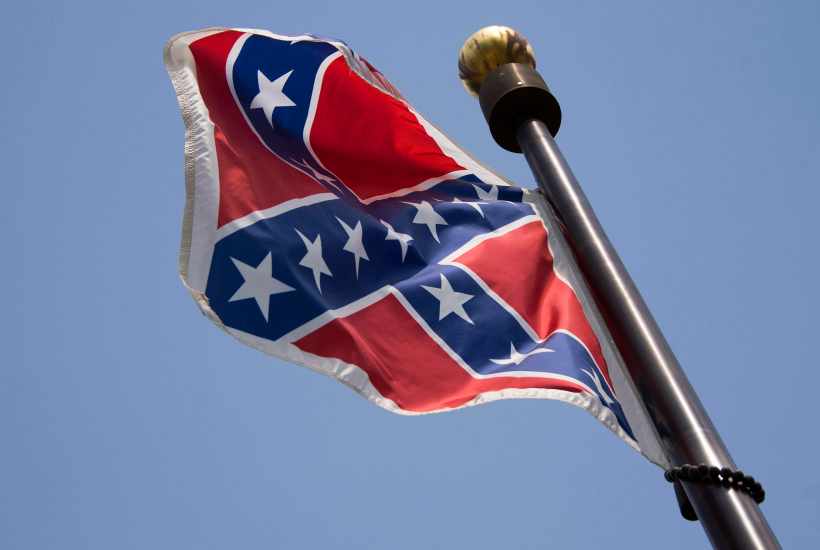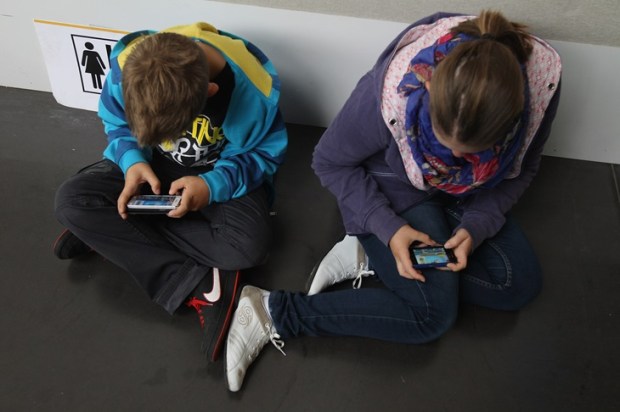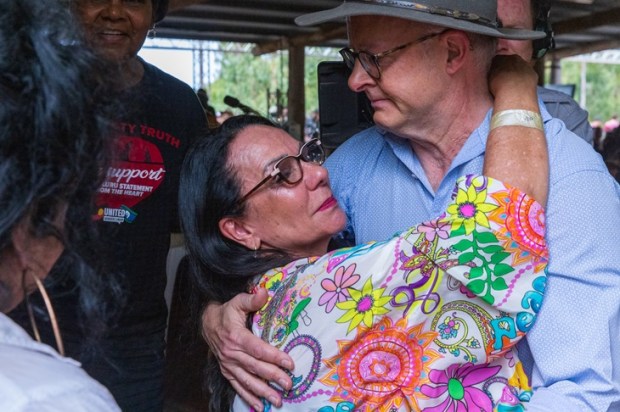The events at Charlottesville, Virginia, occur in the context of rapid changes in the South. Having just travelled through sections of the South, it was noticeable that there were clear demographic shifts that have been less talked about.
The most obvious one is that people are moving en masse away from crowded, expensive cities in the North. They are heading almost exclusively towards the South, particularly Texas but also other major cities like Atlanta.
Government figures taken between 2015-2016 show that almost half of the fastest growing cities in the top ten were in Texas with others also in the South such as Greenville in South Carolina.
Demographer Amel Toukabri told Associated Press that cities in the South were outpacing other parts of the country by some distance. Since the 2010 Census populations in the cities of the North East grew by a paltry 1.8 per cent compared with larger cities in the South bulging by 9.4 per cent on average.
Soon after arriving from the world’s longest flight from Sydney to Dallas, I met a Bangladeshi man working in security that had moved month earlier from being a taxi driver in New York. He had already bought a house in the Fort Worth area of Dallas, his children had settled in the schools and he was enthusiastically trumpeting the benefits of the move to his friends still grinding out a living in the Queens borough of New York.
This move is being replicated across the country. It is both enriching the Southern economies but also exerting a demographic pressure.
The white identity politics of neo-Confederacy and outright racism are in part a reaction to such changes, as well as a Newtonian reaction to racial movements like Black Lives matter and Islamic extremism.
Confederate flags were visible throughout our trip. I asked several people about what it meant and all were quick to distance themselves from any connotations of race. A recent CNN poll found that over sixty percent of all white Americans viewed Confederate flags as an expression of Southern pride rather than some kind of symbol supporting slavery. The figure was much lower when Blacks were asked the same question however, approaching twenty percent.
One of the areas we visited was the Smoky Mountains National Park, which stretched across the states of both Tennessee and North Carolina. It was only a few hours drive from the town of Charlottesville. While sitting at a restaurant serving the local specialty of trout, I was excited to hear one of the staff use the term “Mamaw” to describe her grandmother.
This was the term used by investment manager and bestselling author JD Vance in his book “Hillbilly Elegy”. Vance attributed his own grandmother as being the reason he found stability after a childhood when his parents were often drunk or absent. As soon as our car veered beyond the metropolitan areas, the burnt out house trailers and car graveyards described in his account were apparent, evidence of lost culture and opportunity.
Vance’s account from his roots in rural Ohio illustrate the displacement of the Appalachian people, now of great interest to the commentariat as the epitome of the white working class shunned by the coastal elite.
Despite the hill people having enjoyed a degree of prosperity after migrating to the urban magnets of Nashville and Chattanooga, they had also lost a traditional culture. Families were torn from the land. Language and habits were lost. Nobody said “I’ll swan” for “I’ll swear” like their North Britain ancestors. Nor did they lay out platters of salt on the stomachs of the dead anymore, outlined by Alabama author Denis Covington in his Pulitzer prize winning book about the South titled “Salvation on Sand Mountain”, a ritual evoking the soul’s immortality. Their struggle with tradition’s clash and dilution in the face of modernity, a universal theme of our time, is now at the heart of American politics.
The gap left by a lost traditional culture and a mainstream that often associates the traditions and norms of the South as either retrograde or racist spurs on the new identity politics. They are modern takes of the past, be it through displays of pride through Confederate flags or outright displays of racial intimidation.
Nor is this pride limited to being white. In 2014 the top states black millennials were moving to were Texas, Georgia and North Carolina. Young professionals I met in Atlanta spoke of white-collar firms in New York or Chicago being too white.
Many were moving South as part of reclaiming the South for blacks. Atlanta in particular, a booming metropolis and birthplace of Martin Luther King, was where many of the largest corporations are shifting their headquarters too, is a genuinely middle class black town.
Writer Reniqua Allen interviewed black millennials and discovered many believed racism was everywhere but the South represented the future of black hope and opportunity.
This is the wider context of the recent Charlottesville protests. While the Left are eager to utilize such events to recast the so-called Alt-Right entirely as racists, such clashes are playing out in power shifts not just of race, but also of geography and the historical shadow of the American Civil War.
Got something to add? Join the discussion and comment below.
Got something to add? Join the discussion and comment below.
Get 10 issues for just $10
Subscribe to The Spectator Australia today for the next 10 magazine issues, plus full online access, for just $10.


























Comments
Don't miss out
Join the conversation with other Spectator Australia readers. Subscribe to leave a comment.
SUBSCRIBEAlready a subscriber? Log in